5 Critical Factors Influencing Alumina Ceramics in High-Voltage Insulation
As an expert in ceramic materials and their application in electrical systems, my analysis identifies five paramount factors that dictate the performance of alumina ceramics when used for high-voltage insulation. Understanding and controlling these aspects is essential for ensuring the reliability and safety of high-voltage equipment.
| # | Factor | Impact on Performance | Why It Matters for High-Voltage Applications |
|---|---|---|---|
| 1 | Material Purity and Composition | Higher purity (≥99% Al₂O₃) leads to increased dielectric strength and reduced conductivity; impurities introduce defects. | Minimizes dielectric losses and prevents conductive pathways, ensuring efficient and safe insulation under high electrical fields. |
| 2 | Microstructure and Grain Size | Fine, uniform grain structure enhances mechanical and dielectric strength; large or irregular grains create weak points. | Prevents premature electrical breakdown and increases the material’s ability to withstand high voltages without failure. |
| 3 | Porosity and Density | Low porosity and high density minimize stress concentrations and prevent trapping of moisture or contaminants. | Reduces the risk of partial discharges and maintains high dielectric strength, even in humid or contaminated environments. |
| 4 | Surface Finish and Processing | Smooth surface finish reduces surface flashover; imperfections like cracks lower breakdown voltage. | Inhibits electrical arcing along the surface and maximizes the voltage the material can withstand before surface breakdown occurs. |
| 5 | Operating Environment | Temperature, humidity, and contaminants can degrade dielectric strength and surface resistivity. | Ensures consistent insulation performance across varying operational conditions, preventing leakage currents and flashover under stress. |
These interconnected factors are crucial considerations in the selection and application of alumina ceramics for high-voltage insulation. My expertise allows me to emphasize that optimizing these parameters is key to achieving dependable and long-lasting insulation performance in critical electrical systems.
1. Material Purity and Composition1:
The intrinsic electrical insulating capability of alumina ceramics is significantly enhanced by its purity. High-purity alumina, typically composed of 99% or more Al₂O₃, exhibits superior dielectric strength and minimal electrical conductivity. Conversely, the presence of impurities or secondary phases within the ceramic matrix can introduce lattice defects or grain boundary phases that act as pathways for electrical current or increase dielectric losses, thereby compromising the material’s insulating properties under high voltage.
2. Microstructure and Grain Size2:
The microscopic arrangement of grains within the alumina ceramic plays a vital role in its overall performance as a high-voltage insulator. A fine and uniformly distributed grain structure generally leads to improved mechanical strength and enhanced dielectric properties. In contrast, larger or irregularly shaped grains can create internal stress concentrations and weaker interfaces, which can become initiation points for electrical breakdown and reduce the material’s ability to withstand high voltage without failure.
3. Porosity and Density:
The presence of pores within the alumina ceramic structure is detrimental to its high-voltage insulation performance. Pores act as stress concentrators under electrical fields and can also trap moisture or contaminants from the surrounding environment. These trapped substances can significantly lower the dielectric strength of the material and increase the likelihood of partial discharges occurring within the voids, ultimately leading to insulation failure. Achieving high density and minimal porosity is therefore critical for reliable high-voltage insulation.
4. Surface Finish and Processing:
The condition of the alumina ceramic’s surface is a key factor influencing its ability to prevent surface flashover in high-voltage applications. A smooth, defect-free surface minimizes the potential for surface charge accumulation and reduces the electric field strength along the surface. Imperfections such as cracks, roughness, or sharp edges, often resulting from inadequate processing techniques, can locally enhance the electric field, lower the breakdown voltage along the surface, and facilitate electrical arcing, leading to insulation failure.
5. Operating Environment3:
The external conditions under which alumina ceramic insulators operate significantly impact their performance. Elevated temperatures can reduce the intrinsic dielectric strength of the material. High humidity levels can lead to the adsorption of moisture on the ceramic surface, forming a conductive layer that reduces surface resistivity and increases leakage currents. Similarly, the presence of airborne contaminants, such as dust or pollutants, can deposit on the surface, creating conductive paths and increasing the risk of flashover. Therefore, the operating environment must be carefully considered to ensure the long-term reliability of alumina ceramic insulators in high-voltage systems.
In conclusion, the successful application of alumina ceramics in high-voltage insulation critically depends on optimizing material purity and composition, controlling the microstructure and grain size, minimizing porosity and maximizing density, ensuring a smooth and defect-free surface through proper processing, and carefully considering the operational environment to mitigate potential degradation of insulating properties.
-
Understanding material purity is crucial for enhancing dielectric strength and minimizing conductivity in high-voltage applications. ↩
-
Exploring microstructure insights can help improve mechanical strength and dielectric properties, essential for reliable insulation. ↩
-
Investigating environmental impacts ensures consistent insulation performance, crucial for preventing failures in high-voltage systems. ↩
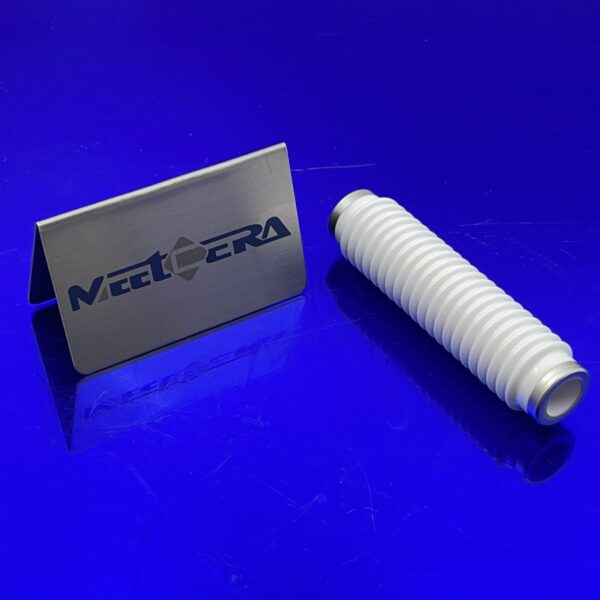
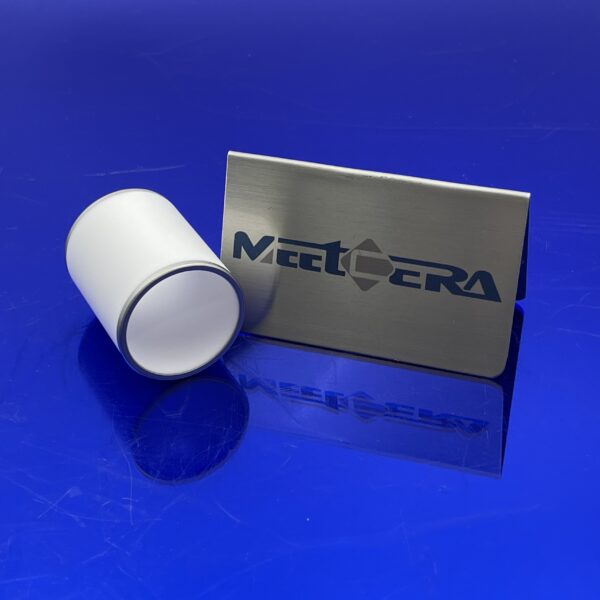
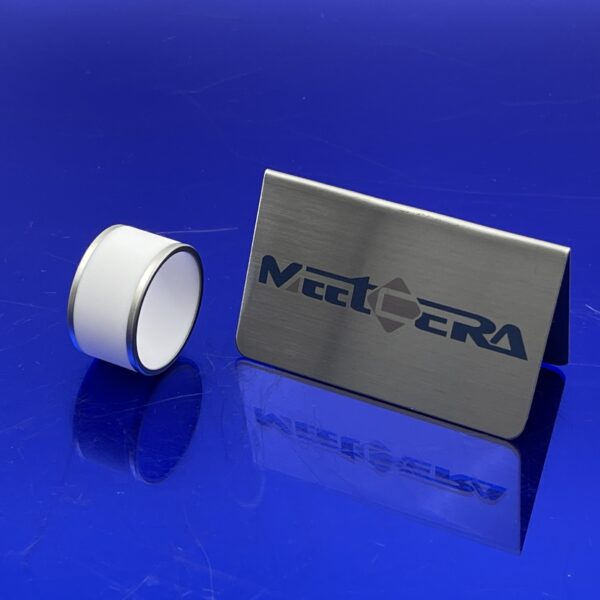
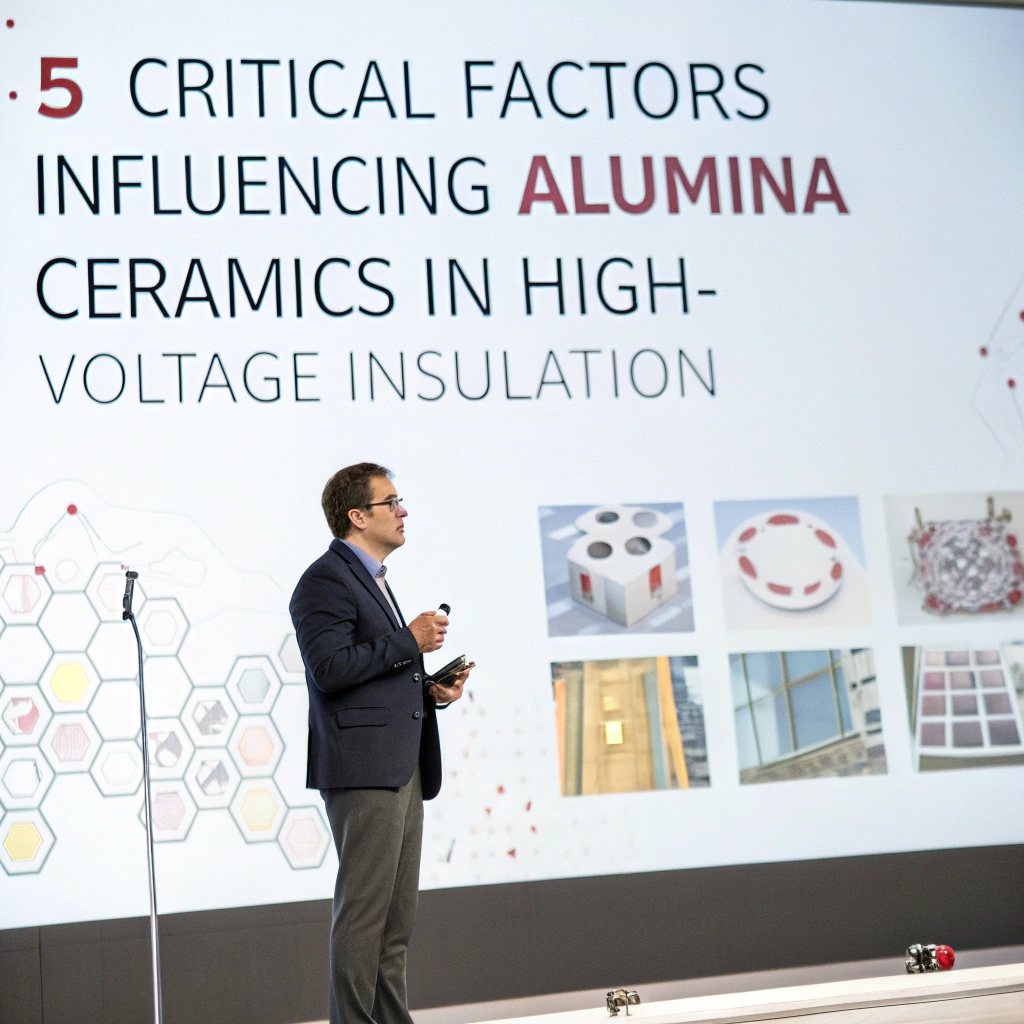
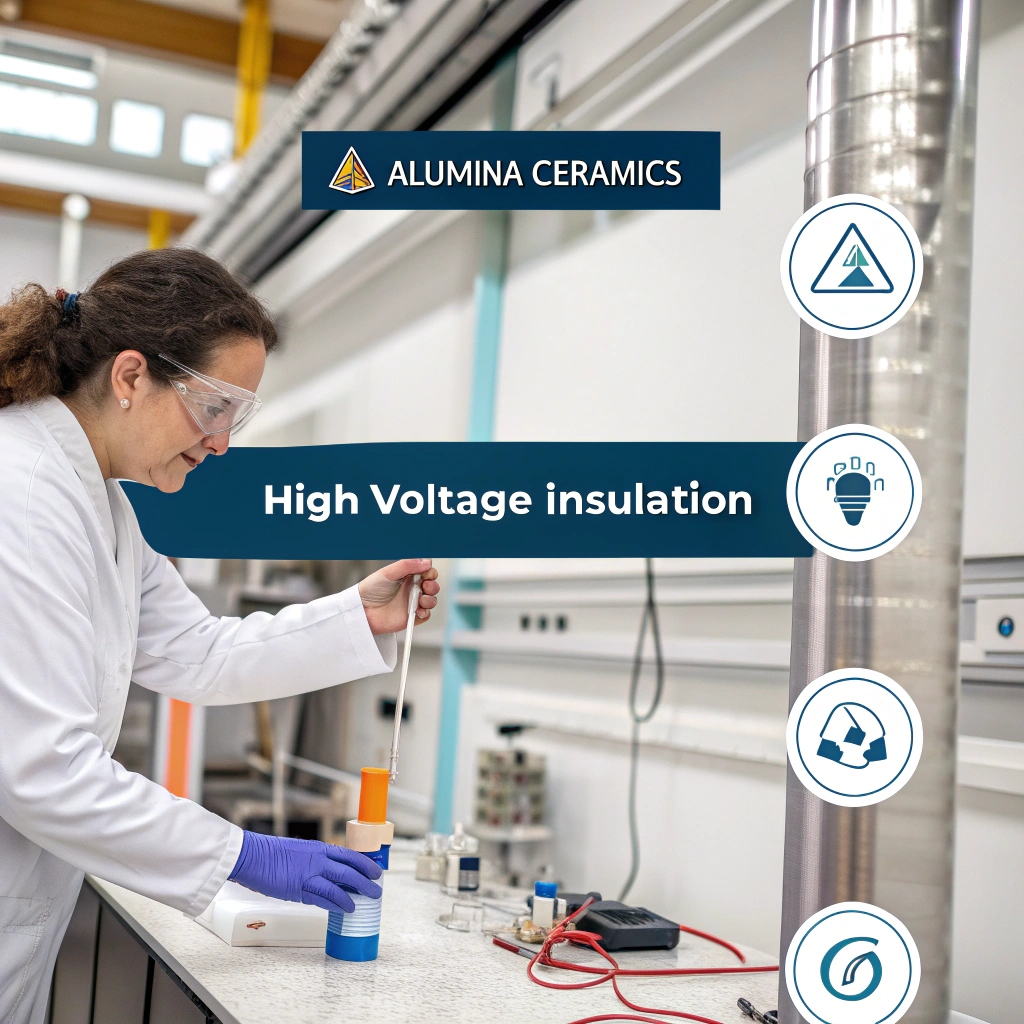
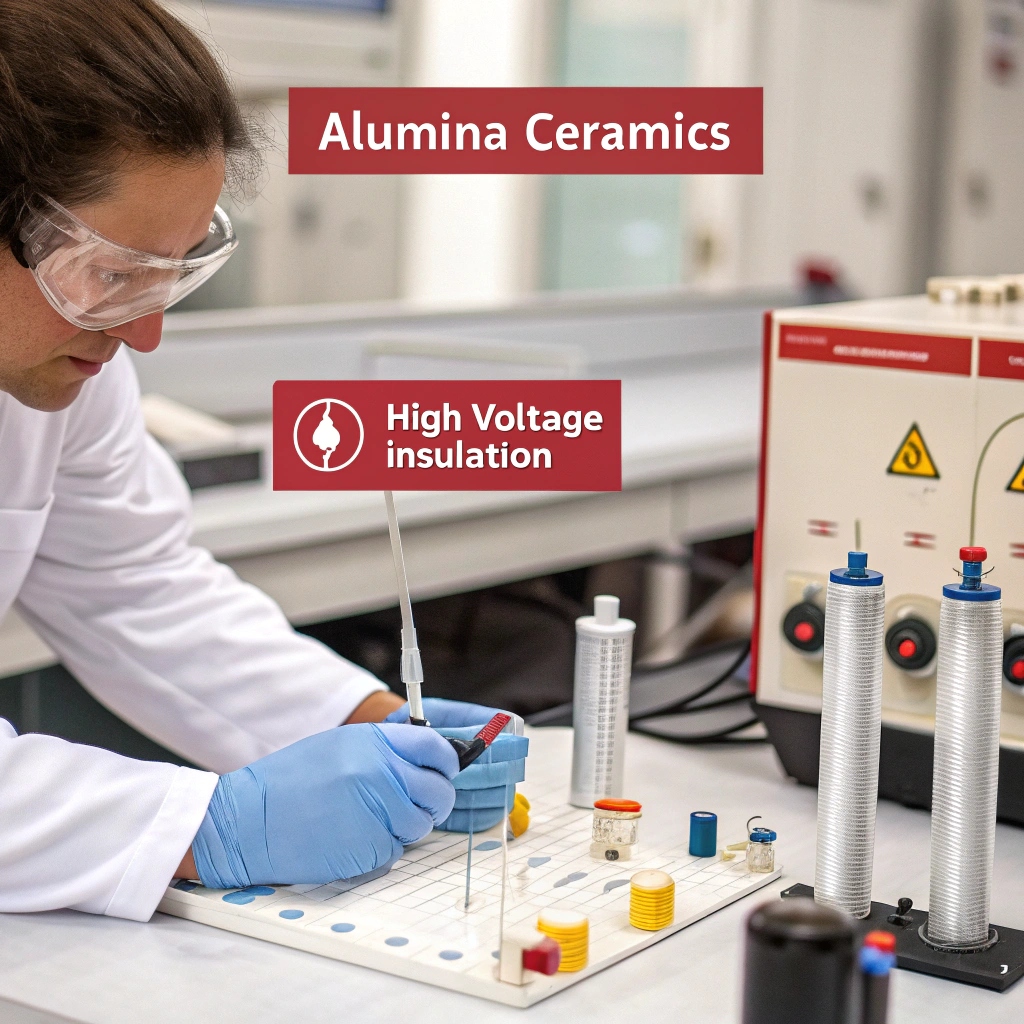

No comment